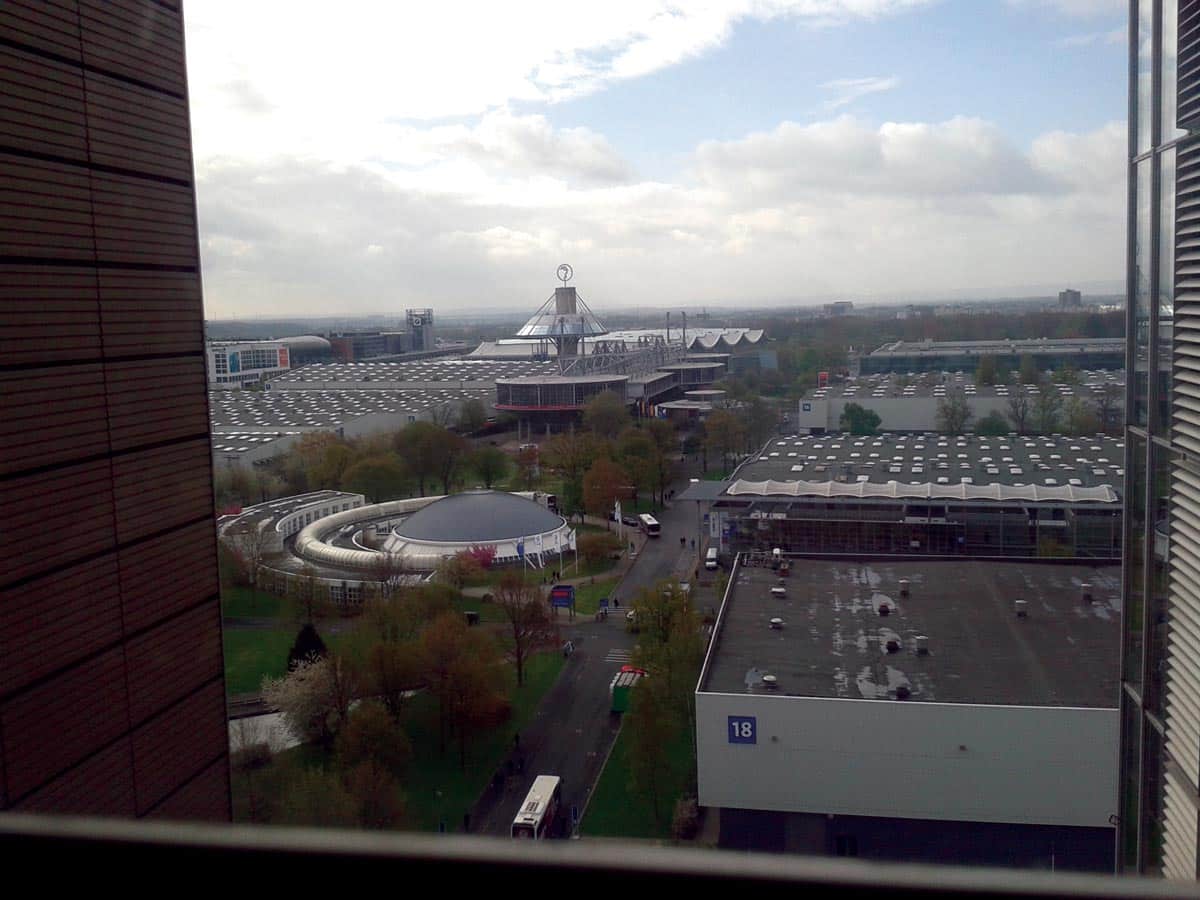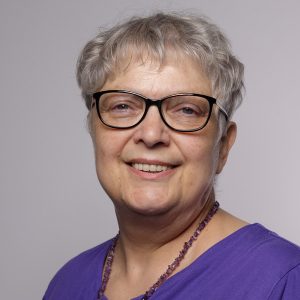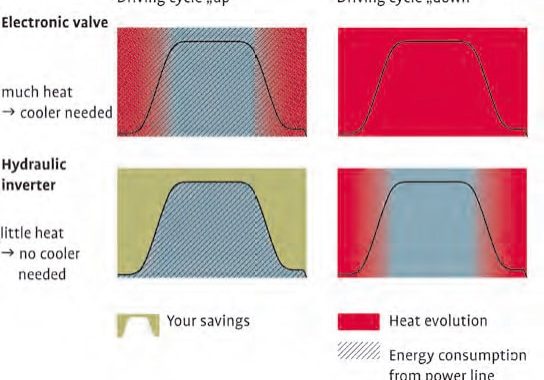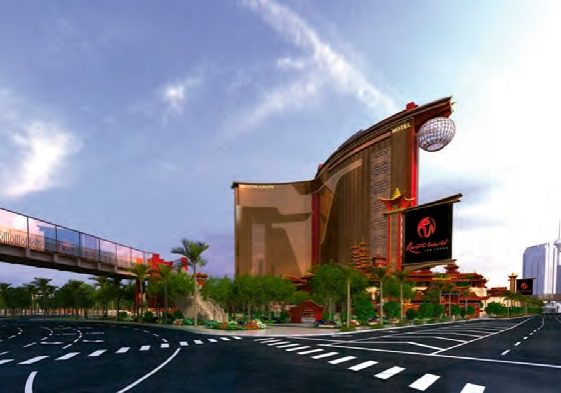Global companies and SMEs display products with many technological innovations.
The Hanover Fair in Hanover, Germany, is the world’s largest industrial fair and Industry-4.0 platform. (The term “Industry 4.0,” or the “fourth industrial revolution,” was first used at the Hanover Fair in 2011 to describe the use of cyber physical systems in manufacturing and products.) The fair took place over five days on April 25-29. More than 190,000 technical participants visited more than 5,200 exhibitors in 16 halls and open-air space. Approximately 5,000 visitors came from the partner country, the U.S. Thirty percent of the visitors were from abroad, while 58% of the exhibitors were from abroad, representing 75 countries. Elevator component companies were present from around the world, with more than 30 exhibitors and more than 130 products.
Vertical and Horizontal Transportation at the World’s Biggest Fairgrounds
Facility Manager Mathias Dorsch has a three-person team exclusively dedicated to elevator and escalator maintenance. They make sure approximately 220,000 visitors, tens of thousands of exhibitors and staff are safely moved through 466,100 m2 of halls, 58,000 m2 of outdoor space, 26 pavillions and a 35-room convention center. The team brings units into and out of service, deals with disturbances, and performs most repairs and maintenance.
Elevator Component Exhibitors
Elevator components, mainly machines, were displayed at the fair. Most of the companies came from Germany and Europe. Some examples are:
- Danfoss provided an overview of its products and kept close contact with its (potential) customers. It displayed a frequency converter with the VLT® Lift Drive software specialized for elevators. Torsten Harders, sales engineer, Drives, stated this solution with high clocking frequencies guarantees low motor noise. The company also has a patent for load detection, which is approved by the Institute of Electrical and Electronic Engineers.
- Lafert displayed one gearless elevator machine. The company said it received questions from around the world concerning its products during the fair. Most people came from builders and buyers asking for product specifications in great detail.
- Dr. Daniel Wojtkowiak, Senior Sales Manager at Switch, presented the new LED shaft light for elevators with emergency-light function, exceeding the new European safety regulation EN 81-20 5.4.10.4c. The LED strip, with a maximum length of 50 m, consists of two separate electric circuits. The majority of LEDs are connected to the shaft light for common operation, while every 10th LED is connected to the emergency path. Thus, a part of the LEDs can be fed with low-voltage power provided by rechargeable batteries.
- Sales Manager Doris Pilz of TÜV Nord explained the company’s expertise on elevators. At the booth, she provided extensive information and gave advice mainly on user duties, operational safety according to new German and European rules and regulations, inspection in general, and the new accompanying TÜV Nord services, to different customers. The visitors came to the fair and the booth primarily for the use of Industry-4.0 technologies.
- With approximately 3,000 employees, VOL-Stahl produces special steel profiles, for example, for elevators. The company services about 40% of the Russian elevator market. In Germany, it is represented by a daughter company with 15 persons with a large warehouse from which it delivers to the European Union. It has contacts in the U.S. and delivers small quantities there, too. The company made its first appearance at the Hanover Fair eight years ago in a Russian common booth. This year, it had customers visiting its booth, and it won a few new customers. Dr. Sergey Voloskov, CEO of Omutninsk Metallurgical Plant, said, “We are here to understand the market. In the beginning, we came to build up new contacts. Nowadays, we just represent our already known products.”
- Ziehl-Abegg displayed a compact 1050-kg-capacity elevator machine that runs at 1.6 mps with 2:1 suspension for use with plastic-coated ropes. Dieter Rieger explained this contributes to lower noise emission. With regards to the fair, he said, “We don’t expect customers to visit all by themselves as they do, for example, at Interlift. So, we invited the regional customers to come by.”
U.S. Partner Country Surpasses Expectations
German companies export more to the U.S. (EUR114 billion [US$128.6 billion]) than the other way around (EUR60 billion [US$67.6 billion]). Being a partner country of Hanover Fair 2016, U.S. companies hoped for an export surge. With approximately 650 exhibitors, Germany, China and the U.S. were the top three nations presenting their goods and services. The 465 U.S. exhibitors dealt mainly with the digitalization of production — 60 with innovative energy technologies. Some of them gathered in “Technology-Pavilions,” such as “Research & Technology,” with almost 20 exhibitors, including Georgia Tech; the Massachusetts Institute of Technology; the University of California, Los Angeles; and the National Institute of Standards and Technology. Others, from U.S. states such as Florida and Texas, and cities such as Chicago and Los Angeles, used the common booths of these regions. Due to the terror attacks in Brussels, many single U.S. companies downsized their appearance. Both U.S. elevator companies on the preliminary list of exhibitors in February were not present.
For the first time ever, a U.S. president opened the Hanover Fair. On Sunday evening, President Barack Obama and German Chancellor Dr. Angela Merkel attended the opening ceremony in the Hanover Congress Centrum. Obama’s topic predominately dealt with the Transatlantic Trade and Investment Partnership (T-TIP). On Monday morning, both leaders took a 2-hr. tour together to visit several U.S. and German exhibitors. Security during these times was extremely tight.
T-TIP aims to create the world’s largest free-trade zone with 800 million people on both sides of the Atlantic Ocean. Since July 2013, there have been 12 negotiations. Talks behind the scenes at the fair pushed toward finishing the trade deal in 2016 from the U.S. side. At the same time, in front of the fairgrounds and in Hanover, about 35,000 people demonstrated against T-TIP. They fear it would result in sinking prices in the agricultural sector, and reduced standards in food quality and consumer protection. A German study in May asked for the opinion of the building industry. Approximately 60% of interviewees expected no or nearly no impact of the trade deal on their companies.
Are New Industrial Trends Reaching the Elevator Industry?
Four trends were presented at the fair: integrated energy, additive manufacturing, predictive maintenance and workforce development. Two of these dealt with elevator specifics.
Automation
thyssenkrupp showed the only complete elevator, at the Microsoft (MS) booth, presenting MAX, the world’s first predictive elevator maintenance service powered by the MS Azure Internet of Things platform. Eric DeShazer, Product Lifecycle Management, said that, in the future, elevators will “communicate” with service technicians. For example, by counting the opening of doors, the system calculates the number of trips. Using algorithms on cloud big data, it then predicts when repairs or maintenance is needed, and service staff are informed. MAX cuts downtime in half and increases safety and availability. During the 18-month introductory phase, mainly in the U.S., Germany and Spain, the new system will connect approximately 180,000 units.
Before the official fair opening, Otis President Philippe Delpech and MS CEO Satya Nadella invited the media to a briefing at the MS booth. They discussed an enhanced strategic alliance using MS technology for smart buildings to save energy and raise the productivity of elevators.
Sustainability
For the first time, innovative combined-heat-and-power (CHP) units, with 93% efficiency and 50 to 550 kW for singular electricity supply, were offered in the fair catalog. Inge Maltz-Dethlefs, Sokratherm sales engineer for Northern Germany, said, “They can help to span the time of a grid failure or deliver electricity in remote places.”
The next Hanover Fair will take place on April 24-28, 2017.
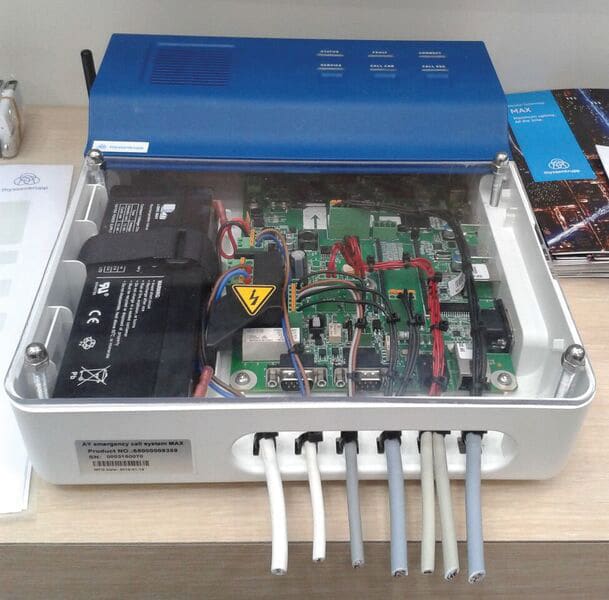
The “heart” of MAX 
MAX screenshot showing thyssenkrupp elevator data 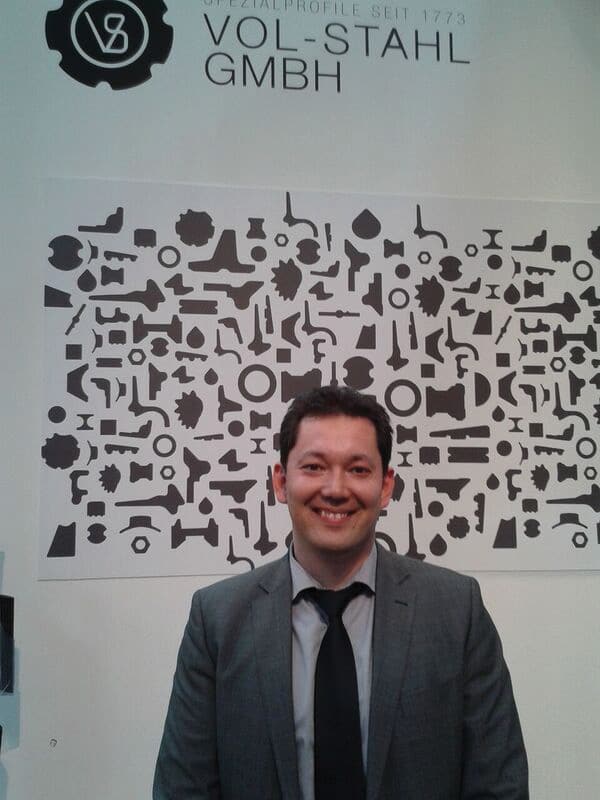
Dr. Sergey Voloskov, CEO of VOL-Stahl 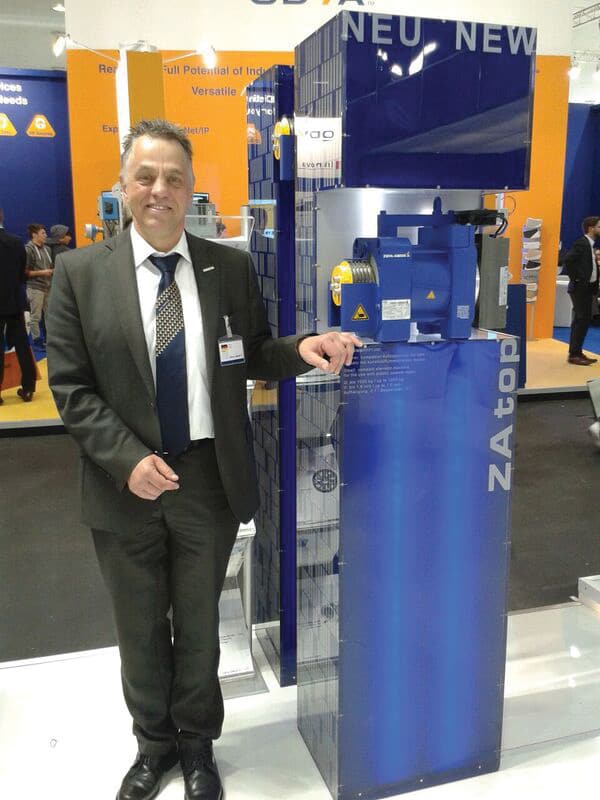
Dieter Rieger with the latest Ziehl-Abegg product 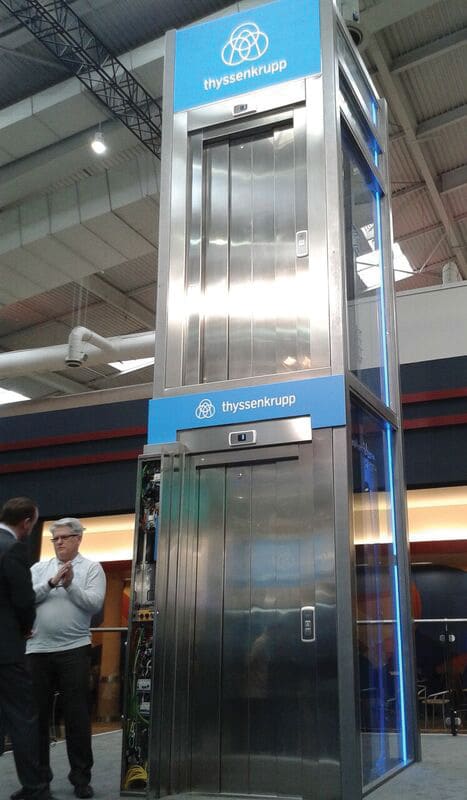
thysssenkrupp elevator at the Microsoft booth 
President Barack Obama and Chancellor Dr. Angela Merkel side by side during the opening ceremony 
Inge Maltz-Dethlefs from Sokratherm showing the inside of the CHP unit
Get more of Elevator World. Sign up for our free e-newsletter.
